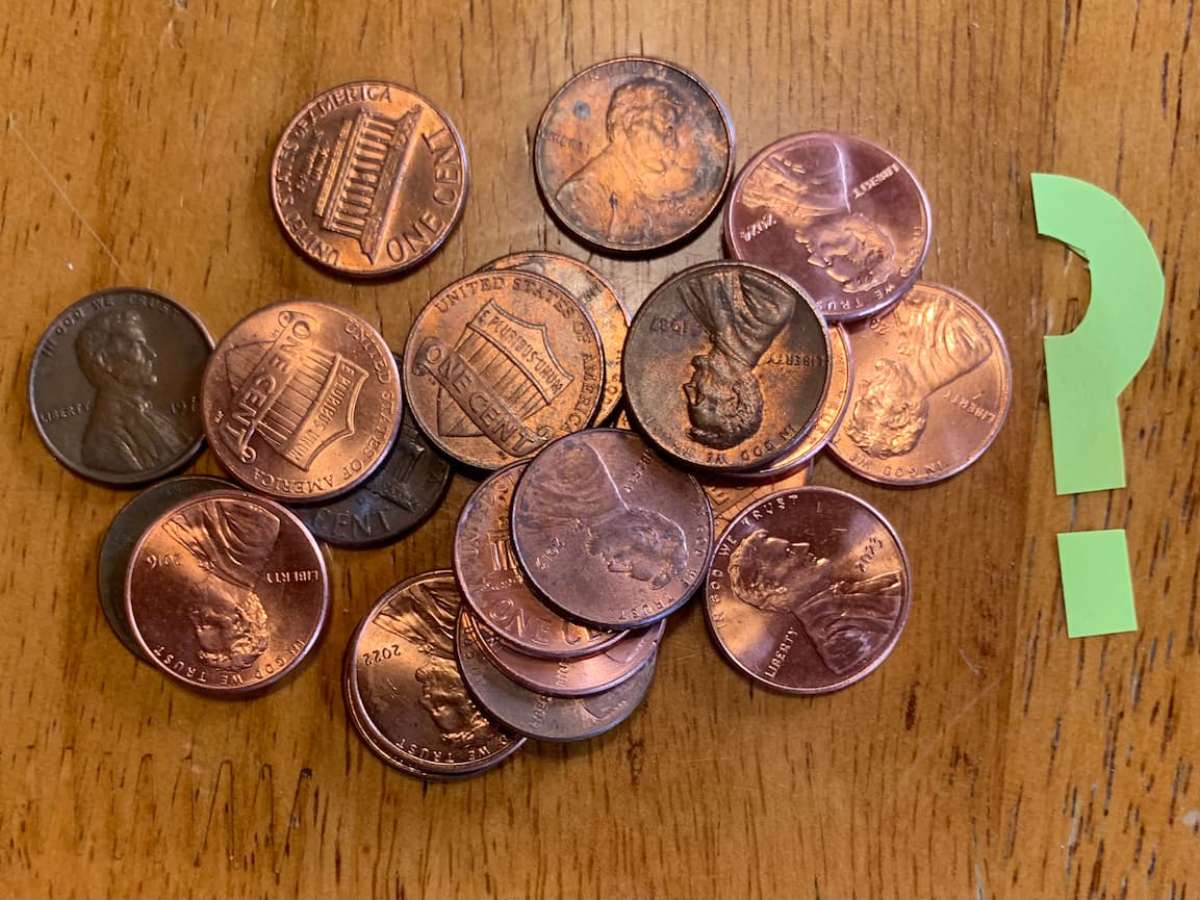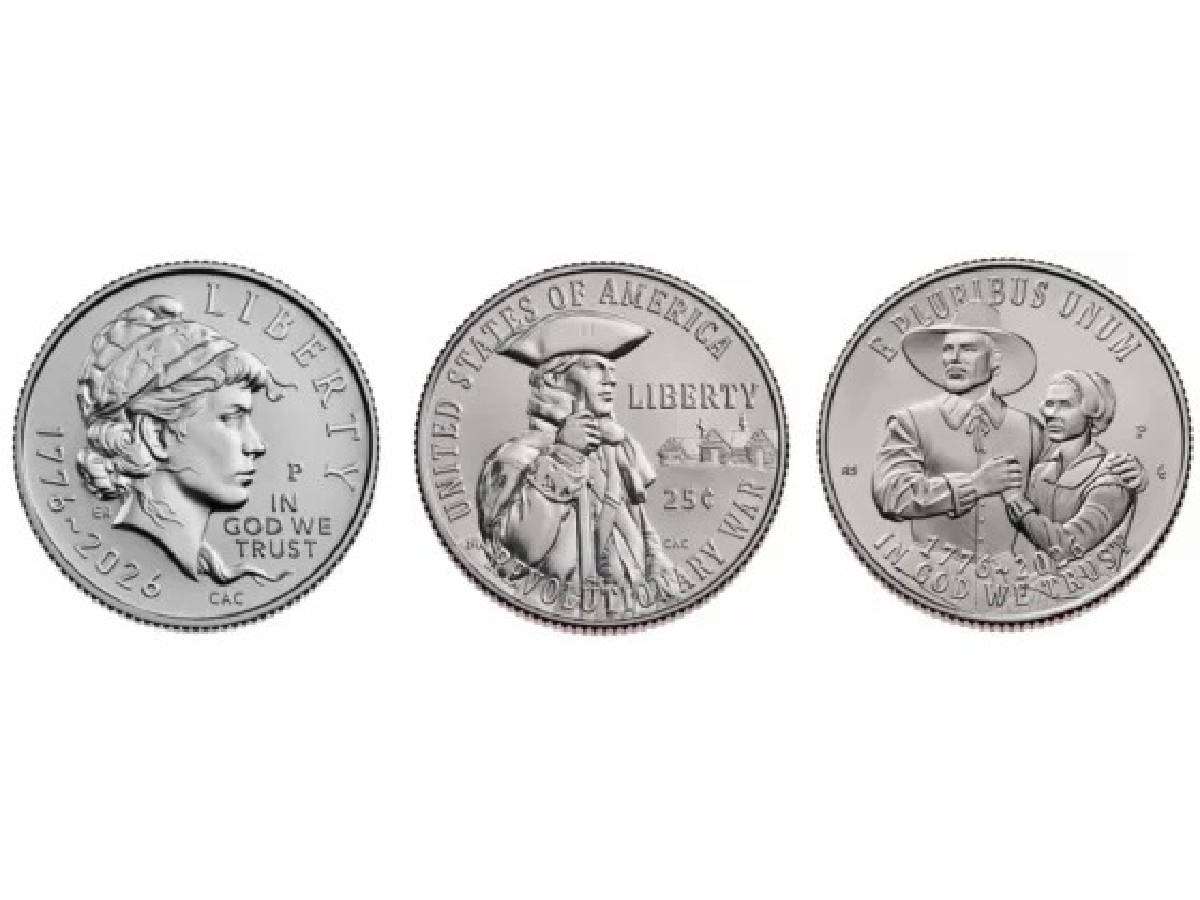Did you hear the news?… The United States is getting rid of the penny!
The reasons behind the United States discontinuing the penny in 2025 are multifold.
As a longtime coin collector and numismatic journalist, I’ve heard talk about the United States someday eliminating the penny. But this has been a topic of discussion for DECADES — so the fact the penny may come to an end in 2025 is a bit surprising!
After all these years, will the curtain finally fall on the United States 1 cent coin?

The order to stop producing pennies came from the administration of President Donald Trump as a cost-cutting measure.
I’m no legal scholar, and even if I were the factors that surround this particular executive declaration have fuzzy legal precedent at best. This makes it difficult to clearly define the legalities of the president’s order.
As many folks are well aware, it would require an act of Congress to permanently and officially end production of the penny.
However, there have been times in the past when other coins were suspended from production without congressional action.
Why Would The United States Stop Making Pennies?
When did all this talk about getting rid of the penny start?
It technically began more than 5 decades ago. But it really gained traction overnight in early February 2025, after President Trump posted the following on a social media platform:
For far too long the United States has minted pennies which literally cost us more than 2 cents. This is so wasteful! I have instructed my Secretary of the US Treasury [Scott Bessent] to stop producing new pennies. Let’s rip the waste out of our great nations [sic] budget, even if it’s a penny at a time.
~ President Donald J. Trump
Whether you agree or disagree with the position, it’s true that it costs more than 2 cents to strike a penny. In fact, it costs closer to 3.7 cents to produce one penny!
Want to go one step further?
The U.S. nickel costs almost 14 cents per coin to make — and more nickels will be needed to fill the gap with the penny no longer on the production line. But that might be a different debate for a different time.
Can The U.S. Stop Making Pennies In 2025?
The ban on pennies has many questioning if the president even has the legal power to mandate such a thing. Can a president simply create an executive order to stop making pennies?
Some legal scholars say yes, while historical context suggests it would take Congress to pass a law abolishing the penny.
In fact, both answers can be true.
Yes, it would take Congressional action to permanently and officially bring an end to making pennies. However, the U.S. Treasury Secretary has the right and discretion to decide how many coins are struck every year — depending on needs and demands.
So, if the secretary deems there is no need for new pennies, they could effectively order no new pennies from the Mint.
This has been done in recent years with the half dollar and dollar coin — both of which have seen long stretches of time where they were not struck for circulation. The U.S. Mint didn’t strike any half dollars for circulation from 2002 through 2020, and the dollar coin hasn’t been made for commerce since 2011. However, both denominations are still made for coin collectors and sold in uncirculated sets and proof sets.
It’s plausible that could be the scenario for the Lincoln cent – perhaps it will be on an indefinite pause from production for circulation, but still technically be an active denomination that is produced in limited numbers for collectors.
What Happens If No More Pennies Are Made?
The 1 cent coin was first officially struck for mass circulation in the United States back in 1793. At that time, copper coins from overseas and privately minted tokens worth the equivalent of 1 cent were in circulation.
However, we also had other coins circulating back in the late 18th century that we no longer see, including the half cent.
The half cent was eventually phased out in 1857 following an act of Congress.
Why?
Inflation rendered the half cent a virtually worthless coin that served little functional purpose for buying things. It had also become relatively expensive to produce, given its pure copper composition.
Half cents remain legal tender, but Americans get along just fine without them in daily circulation.
This is the same situation that has been setting up for the cent over the last half a century.
By the time rising copper prices pushed the cost of making pennies beyond their face value in the early 1970s, there were unrealized efforts to just do away with the coin.
Several years later, in 1982, the U.S. government addressed the rising cost of striking the Lincoln cent by approving a cheaper composition for the coin, which led to copper-coated zinc cents.
The Interesting History Of The U.S. Penny
Why Didn’t They Get Rid Of The Penny Years Ago?
Congress has taken up the issue several times since the mid-1980s — but every time the topic came up, the push to end the penny always fizzled out.
Many blame copper and zinc lobbyists who may have persuaded lawmakers to keep the penny alive. (Think of how many tons of copper and zinc are used for striking the Lincoln cent each year!)
Then there was concern over the automatic inflation that may set in if purchases are rounded to the nearest nickel. Would retailers automatically round everything up? Or would they also round down, too?

If they get rid of the penny, cashless transactions (like those involving plastic cards or apps) will likely still be completed down to the penny. But cash transactions will have to be rounded up or down to the nearest nickel.
And there was also public sentiment. According to a variety of polls, most Americans – when asked their opinion of the Lincoln penny – preferred keeping the penny alive.
In other words, getting rid of the penny seemed wildly unpopular, even if there were millions pushing to abolish the coin since at least the ‘70s.
However, there is broad international precedent for eliminating small coins like the penny. Many other nations have eliminated their low-denomination coins, including:
- Argentina
- Australia
- Bahamas
- Brazil
- Cook Islands
- Croatia
- Denmark
- Fiji
- Georgia
- Honduras
- Hong Kong
- Ireland
- Mexico
- New Zealand
- Norway
- Singapore
- South Africa
- Sweden
- Switzerland
- Trinidad and Tobago
…The sky didn’t fall for them.
So, Will Pennies Become Rare?
Everyone seems curious about what will happen to the rarity and value of pennies if the coin is suddenly discontinued.
I foresee widescale hoarding of any and all existing pennies. Why? Because so many people think the coin will become rare.
The reality is that there are hundreds of billions of Lincoln cents out there. So, even if the penny becomes scarce or even rare in circulation within a few years, there will still be billions upon billions tucked away in homes across the country.
While it’s hard to see something becoming rare that exists to the tune of many billions, stranger things have happened.
Anything is possible, and I won’t be one of those folks who gruffly asserts “the penny will never be rare.”
I just don’t know. And the truth is nobody really knows exactly what the future of the penny looks like.
If Congress does not officially end the 1 cent coin, it’s very possible a future president could persuade Treasury officials to order more pennies for circulation again. But who knows?
What Will Pennies Be Worth If They’re No Longer Made?
Penny values in the future could go up if people begin hoarding pennies.
The reason? Even if there are billions of pennies out there, if nobody is willing to let go of them, demand may outstrip supply.
So, I can’t tell you future penny values (nobody knows what pennies will be worth tomorrow, let alone next year). But what I can tell you with confidence is that penny values could go up if they become difficult to find in pocket change and demand increases.
What Does All This Mean For Coin Collectors?
As a longtime collector of Lincoln pennies, I will keep on collecting my beloved Wheat cents and Memorial cents – even those newer Shield cents.
I think those who enjoy collecting pennies will continue doing so whether or not the 1 cent coin is ever made again.
If anything, the end of the penny could be what sparks a renewed interest in coin collecting – perhaps even a rise in the number of people who actively collect Lincoln pennies! And, yes, that could be what triggers penny values to go up.
Ultimately, only time will tell what all this means — both for the American economy and American coin collectors. It’s possible that we’re seeing only a pause on the production of 1 cent coins. Or maybe this really is the end of the road for the oft bemoaned, yet widely beloved penny.




